Wildlife
See our wildlife photos and videos in our gallery, and visit our wildlife blog.
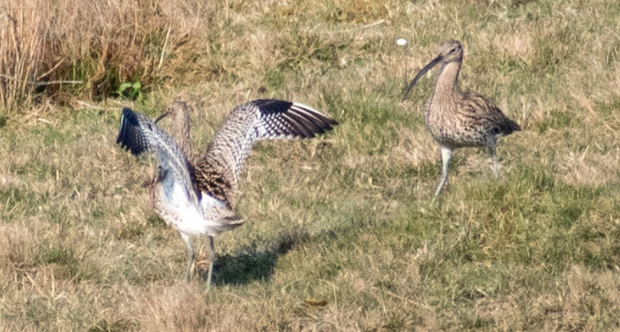
Our Locality
Most of the land around us is managed by Staffordshire Wildlife Trust as a wildlife corridor connecting two large nature reserves, the Roaches reserve and Black Brook reserve.
We invited the trust to manage our land in a complementary manner, by their topping (cutting) our rushes in a pattern which supports breeding wading birds. In particular this is to support curlews as our valley is one of their breeding sites and their conservation status is red (the highest priority) because their numbers are declining.
We see and hear curlews and their haunting song calls most days from mid-March to mid-July (dates vary a little from year to year).
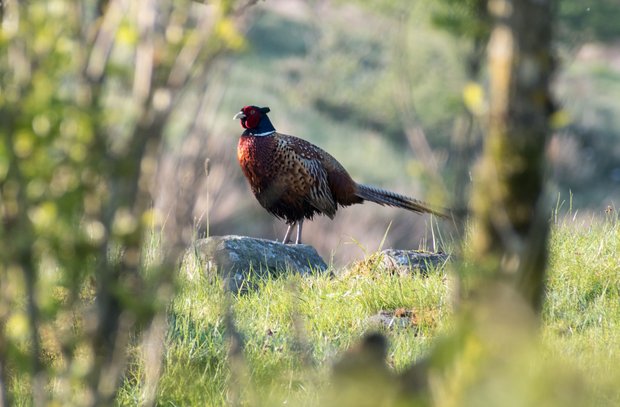
Our Land and its Occupants
Our land is at altitudes of 340 to 370m, approximately 1100 to 1200 feet, on the Staffordshire Moorlands of the Peak District National Park.
Much of the land in the valley, including all of our land, is designated as SSSI (Site of Special Scientific Interest). This is because much of the land, though considered as being of “severely disadvantaged” quality for agricultural purposes, is of special environmental interest for its support of flora and fauna.
Visit our galleries to see some of our wildlife videos and photos.
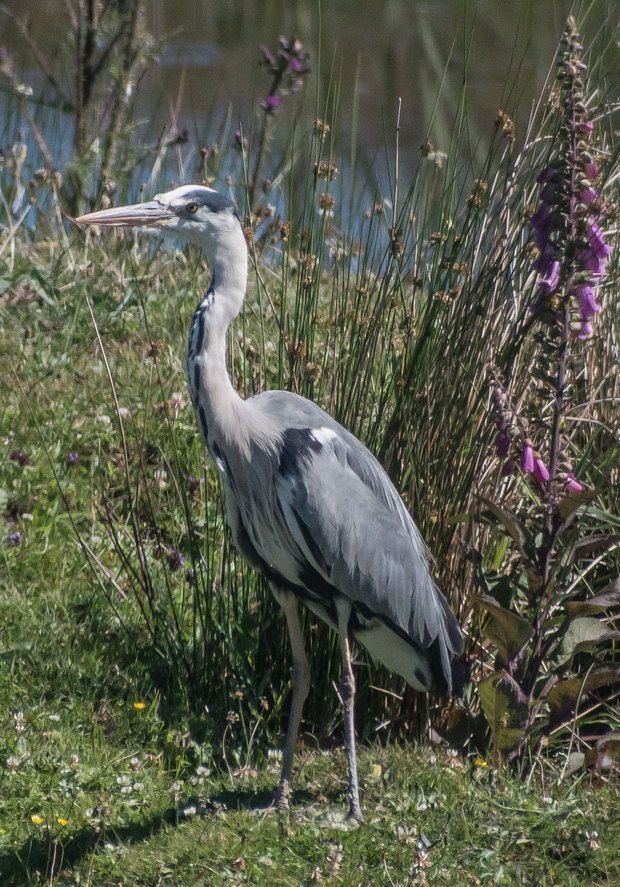
Birds
The land is quite boggy in areas, supporting bog plants such as mosses and lousewort, and in turn these wet areas support wading birds such as curlew, lapwing, and snipe which return here each year for breeding. There are also areas of heather which support birds such as red grouse and short-eared owls. We have abundant meadow pipits, and also skylarks and stonechats.
Passing through our 23 acres (9 hectares) of land are three streams, and we have about a dozen ponds. The vegetation alongside the streams attracts reed buntings and various warblers including, in summer, the grasshopper warbler. The ponds attract various ducks, primarily mallard, and other water birds such as grey heron, moorhen, coot, goosander, Canada goose, and cormorant.
The rough grassland also provides rich pickings for voles, mice and shrews, which in turn provide an abundant supply of food for raptors such as owl, buzzard, red kite, kestrel, sparrowhawk, and hobby. We have a barn owl nest box which in 2023 fledged four owlets from four eggs, and currently (June 2025) has again hatched four eggs and is raising four owlets. We sometimes see short-eared owls and little owl, and tawny owls are in the area too.
We also have “ordinary” birds nesting or visiting here! We frequently see blue tit, great tit, long-tailed tit, chaffinch, goldfinch, blackbird, fieldfare, song thrush, mistle thrush, dunnock, wren, robin, swallow, house martin, wood pigeon, stock dove, crow, jackdaw, magpie, cuckoo, and lots more.
Birdsong at Shawbottom
We have two software instances called BirdNET-Pi running here which listen to the birdsong 24/7 and identify and log it. One microphone is near a stream, and the other faces towards the moorland. These feed data to Birdweather labelled as “Leek east” and Leek west". NB we know that it is not 100% accurate and that there are some very unlikely identifications in those logs! You can also access our BirdNET-Pi historical and live data directly on these links:
BirdNET-Pi 2 ("East", facing a stream)
BirdNET-Pi 1 ("West", facing moorland)
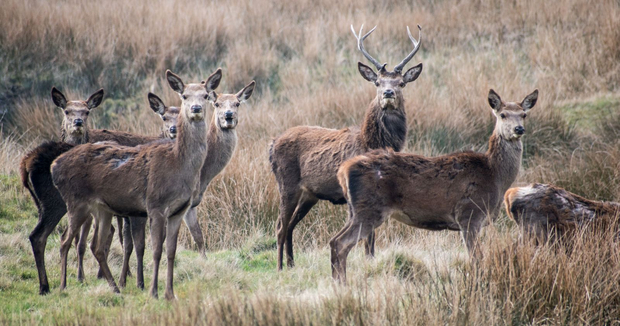
Mammals
Red Deer
Red deer roam freely around the wider area and visit us from time to time. Typically we will see either a herd of around 16-17, or singles or groups of three or so. We see them most frequently in winter and spring but they are around all year and may be seen at any time. There are larger herds around as well - recently we saw a herd of about 50 grazing four miles from here.
Foxes and Badgers
We occasionally see foxes in the daytime, but fox and badger visits are mostly at night and we know about them mainly because we catch them on our wildlife cameras.
Hares
Hares are seen almost daily, and being fast runners and much larger than rabbits they appear unafraid of the foxes.
Stoats and Weasels
Stoats and weasels live and breed around here and sometimes we have identified their dens. They move very quickly and are hard to photograph except with automated cameras, but sometimes we simply notice them foraging in our farmyard.
Hedgehogs
We rarely see hedgehogs, but have seen them a couple of times. Being on moorland we have little vegetation that could be considered a hedge!
Small Rodents
Of course there are numerous small rodents, voles, mice and shrews.
Bats
Bats forage occasionally in the area but are not resident so far as we know. We do have two bat boxes installed to welcome them if they arrive but the boxes do not appear to be inhabited.
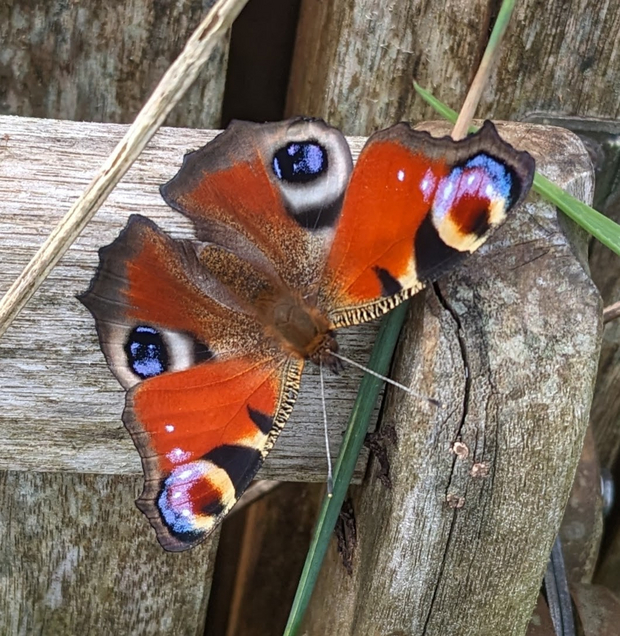
Insects, Butterflies and Moths
There is a rich selection of insects, butterflies and moths in the area.
A field just across the stream from us is managed by Staffordshire Wildlife Trust as a wildflower meadow and our land, particularly around the streams, is left to nature and so available for insects to forage on thistles, nettles, elderflower, and much more.
Our ponds host dragonflies and damselflies each summer.
Black and red cinnabar moths are commonly seen in the summer, as also are their yellow/black-striped caterpillars feeding on ragwort.
Butterflies we have noticed, though we have not yet sought to catalogue them, include: fritillary, green-veined white, peacock, small tortoiseshell, orange-tip, and more.